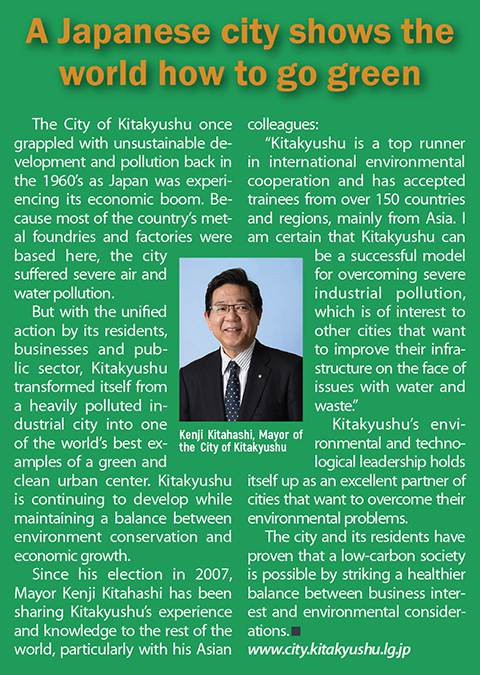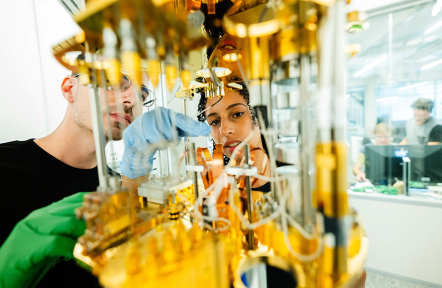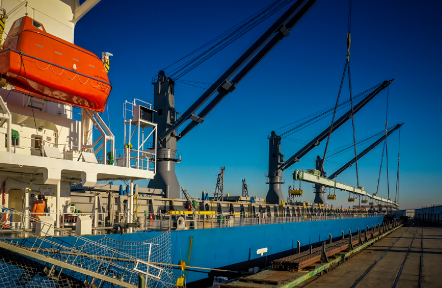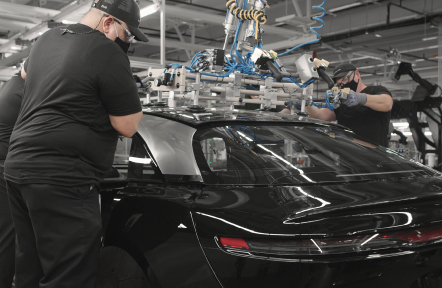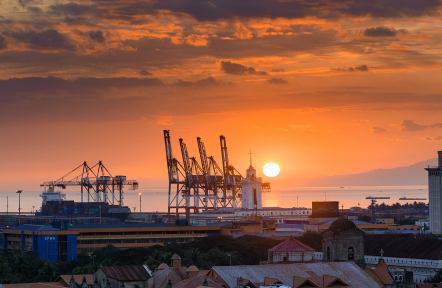Japan apparently needs to step up its game if it wants to regain its leadership in technology. Over the past few years, news articles have continually reported how South Korea, Taiwan and China have eclipsed Japan as the world’s technological powerhouses.
Japan’s heavy hitters like Sony, Hitachi, and Fujitsu, were once the darlings of the high-tech world. Now, challengers from neighboring countries have ended their dominance.
While it may appear Japan has lost some of its luster, its competitive edge cannot be measured simply by brand recognition. Japan’s established companies don’t fully reflect how the world’s third-largest economy continues to push technological frontiers.
To appreciate the long-term prospects of Japanese innovation, one must understand the role that high quality engineering and design play in the manufacturing of products that find their way around the world. This passion for finely engineered things is rooted to the ancient Japanese concept of monozukuri, or the art of making things.
For Nobuhiko Tomishima, President and CEO of espresso machine maker FMI Corporation: “Japan’s competitive strength lies in its millions of SMEs specializing in one product, but are unmatched with respect to quality. As an SME, we endeavor to grow together with global partners.”
MORESCO Corporation is another SME that found success in the global market by selling one-of-a-kind products such as lubricants for the car industry and hard disk surfaces. President Tamio Akada said, “We believe that specialized Japanese SMEs like us contribute to enhancing the presence of Japan in various regions by supporting the development of local economies.”
Niigata boasts many local industries, such as food manufacturing (sake and rice crackers) and textiles for kimonos, as well as metalworking and Western tableware that Tsubame and Sanjo are so famous for.
“What this means is that in Niigata you can easily find customers, resources vital to your business, and business partners that use advanced technologies,” Governor Ryuichi Yoneyama said.
The capital city Niigata has also launched an ambitious project, dubbed Niigata Sky Project, to bring together manufacturers across the prefecture to facilitate collaboration and coordination among themselves.
“This is the first example in Japan where a city government owns a manufacturing base. We are confident that the whole movement will gain momentum as this helps not only Niigata’s workforce, but also national manufacturers and financial sectors across the country,” Mayor Akira Shinoda said.
Meanwhile, the Greater Nagoya region, principally comprised of Aichi, Mie, Gifu and Shizuoka, is the epicenter of Japan’s manufacturing strength. With its focal point in Nagoya, the region’s industrial output places it alongside the top GDP countries.
Leading this drive to attract foreign investments is the Greater Nagoya Initiative, which acts as a guide for manufacturers, exporters and foreign companies.
“We aim to be a one-stop support center for foreign companies wanting to enter the Greater Nagoya region and Japanese SMEs wanting to expand globally. This is why we build a lasting relationship with foreign companies that enter the region and provide access to companies in Aichi, Mie and Gifu, as well as some parts of Shizuoka and Nagano, all within a 100-km radius of Nagoya,” Manager Kiyono Watanabe explained.
At the eastern end of Chubu is Shizuoka, a city divided into three sections: East, Central, and West. The West excels in manufacturing and optoelectronics, Central in food science, and the East in pharmaceuticals. These three sectors have set up centers in main areas in Shizuoka to support innovation.
For Hamamatsu Agency for Innovation Executive Director: “Honda, Suzuki, and Yamaha are located in Shizuoka. This attests to the long manufacturing history of the prefecture. People here have well-developed technical skills. At the same time, people here are open-minded and venture spirited, so having new ideas and creating new products is usual.”
The mild climate, low commercial rent and dynamic residents have made Kyushu very attractive to investors. Like other major cities in Japan, Kyushu’s infrastructure is highly developed and its airport is located near the city center. The country’s fifth-largest city and its capital, Fukuoka has seen its population grow by 15,000 each year and, as of 2016, is around 1.5 million.
“The difference between Fukuoka and Kyushu is geographic location. Kyushu’s main population centers face the Sea of Japan. This means we are safe from tsunamis. It is also closer to one of the world’s most dynamic regions, the ASEAN countries,” Kyushu Economic Federation Chairman Yutaka Aso said.
“Our mayor also has very strong ties to Tokyo and is a visionary whose policies helped spur startups, venture capital firms and a spirit of entrepreneurialism. With energetic people, it is no surprise that Fukuoka is Japan’s fastest growing city,” Aso added.
Responding to the fast changing social and economic landscape, the city established The Fukuoka Directive Council, a multi-body organization tasked with overseeing the development of the region.
Shuhei Ishimaru, Fukuoka Directive Council Director General, said: “To get Fukuoka future-ready, we bring together both the private and the public sectors, discovering the best in each of them to get them working together. Regional development used to be about building infrastructure. For us, it’s about making Fukuoka a human and technological gateway to the rest of East Asia.
